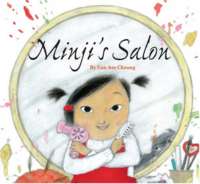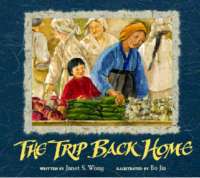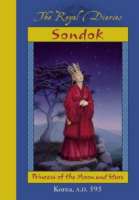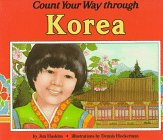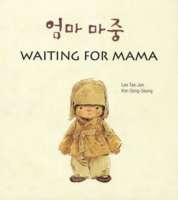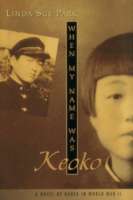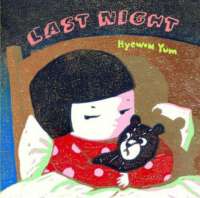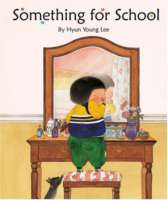
On the first day of kindergarten, a teacher asks the boys and girls to line up, and Yoon lines up with the other girls. But when some children mistake Yoon for a boy because of her short hair, Yoon bursts into tears. At home, Yoon finds a solution. Her sister s special headband is perfect! When she wears it to kindergarten, no one teases or mistakes her for anything but who she is! Yoon has a lovely time with her new friends.But Yoon’s sister has been missing her special headband so when Yoon has to go back to school without it, she s worried all over again. Thankfully, her friends like Yoon exactly the way she is.
See the review at WOW Review, Volume 4, Issue 1

